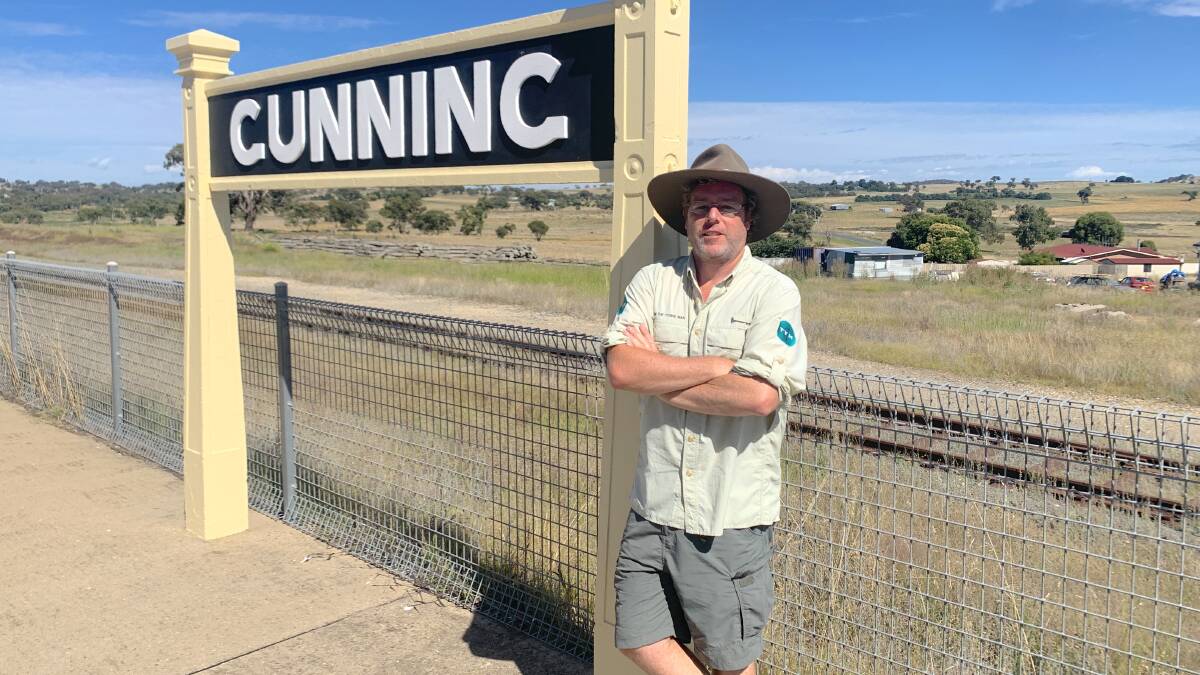
Sure, they're celebrating it a year late due to COVID but that's not going to stop the good folk of Gunning marking their bicentenary in style on the first weekend in March.
The tourist guidebooks tell you to check out the main street, built wide enough so bullock drays could turn around, or to pop in for a dose of nostalgia at the 1937 Coronation Theatre complete with its rare, raked proscenium stage. However, there's a lot more to Gunning than first meets the eye. Here's my top 10 reasons to visit this historic town, located just an hours' drive north of Canberra.
1. Hume's heyday
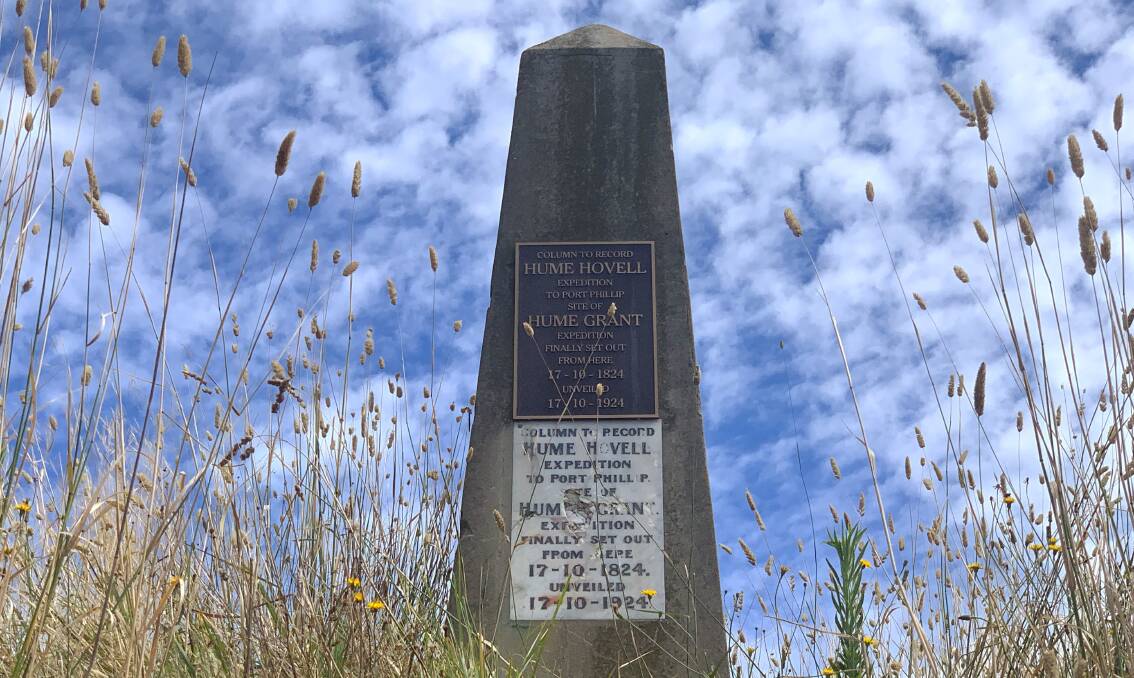
About 5km out of town on the Old Hume Highway stands a column that marks the very spot where Hamilton Hume and William Hovell set out on their famous overland trek to Port Phillip Bay in 1824, with much of the route later becoming the Hume Highway. If you scramble up the steep embankment to reach the column, you'll feel like you an expeditioner too.
2. Mile marker
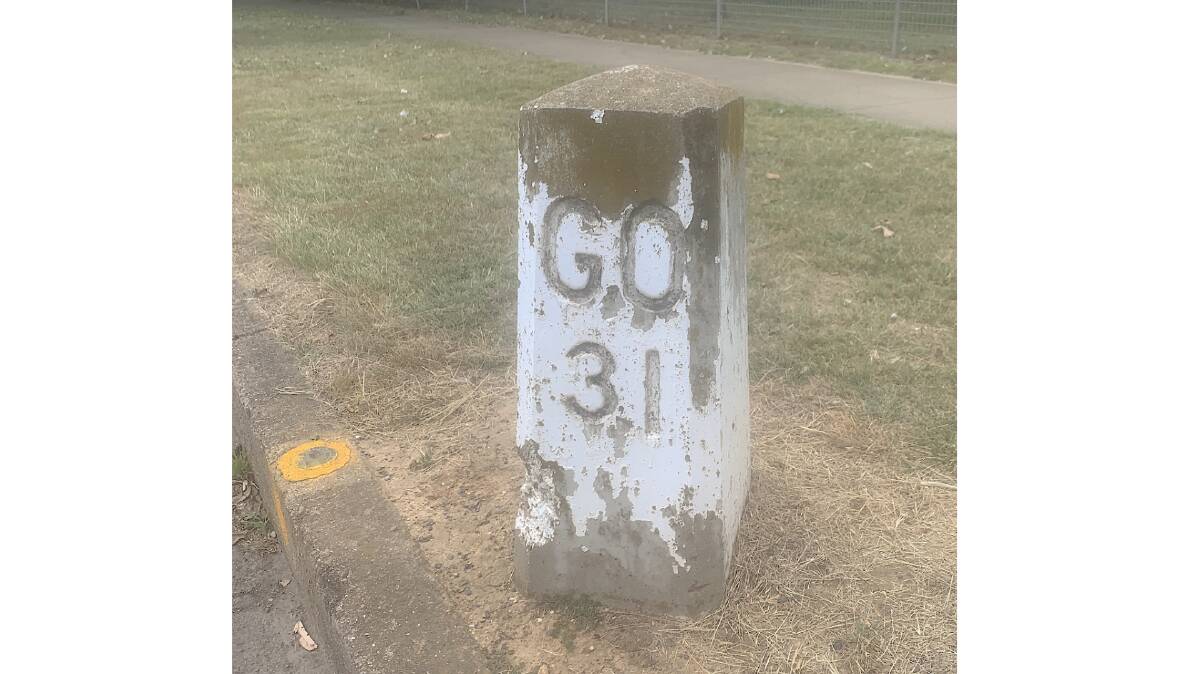
Despite being bypassed in 1993, there are still several tangible reminders of the Old Hume Highway, including a mile marker in the main street (Yass Street) with "GO 31" on it, indicating it was 31 miles (50km) to Goulburn. A few hundred metres further up the hill towards Yass is what locals for many years nicknamed Hot Dog Hill - where in the days before big highway service centres, pop-up vans would sell fast food to truckies on their nightly run from Sydney to Melbourne. Today, the closest you'll get to fast food is an iconic lamb burger at the Old Hume Café on Yass Street. Bet you can't eat just one.
3. Sheepish signs

A moreish burger (best with lashing of mint sauce) isn't the only nod to the area's high-quality wool clips. Dotted around town are several amusing murals featuring the ubiquitous bleaters, including my favourite, "It's all about ewe".
4. Perfect pitstop
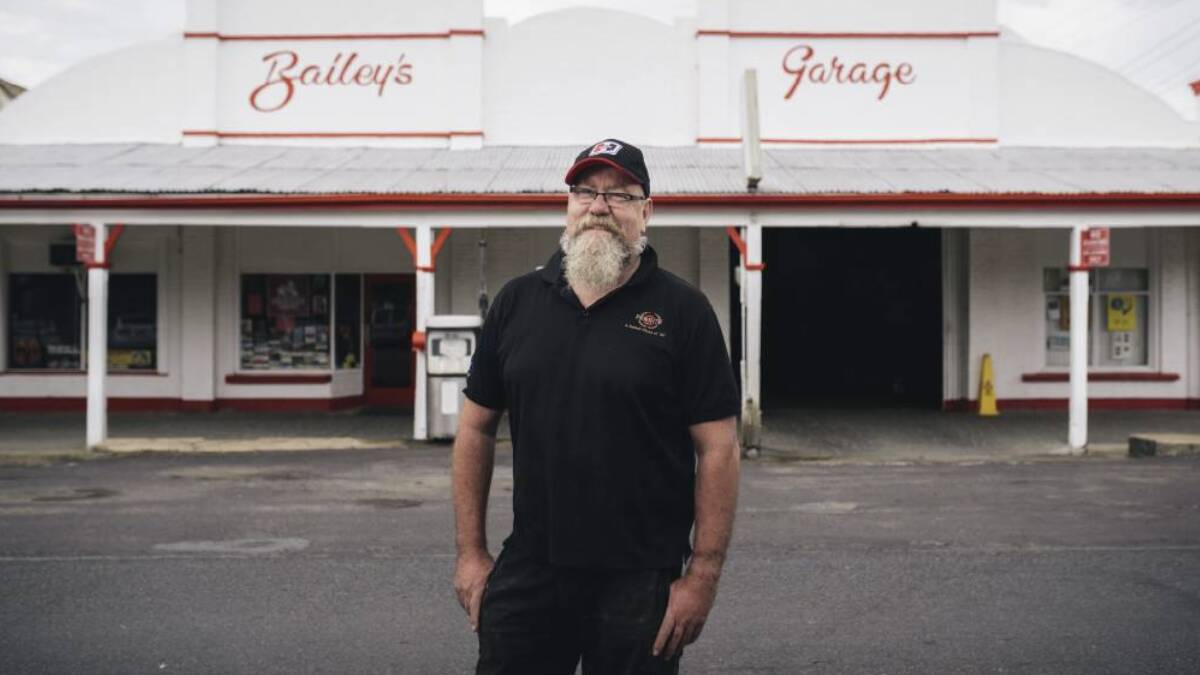
One of the longest-running family businesses in town is Bailey's Garage. Complete with its 1920 heritage brickwork facade and paintings of Holden cars through the ages, it's sometimes used as a backdrop by film makers. On Sunday March 6 at 1pm, a horse and vintage carriage, typical of those used in the 1820s, a 1925 Chenard-Walcker vehicle and a Kia Niro EV will be parked out the front of the garage to signify 200 years of road transport in the town. What a photo opportunity.
5. Revamp on track
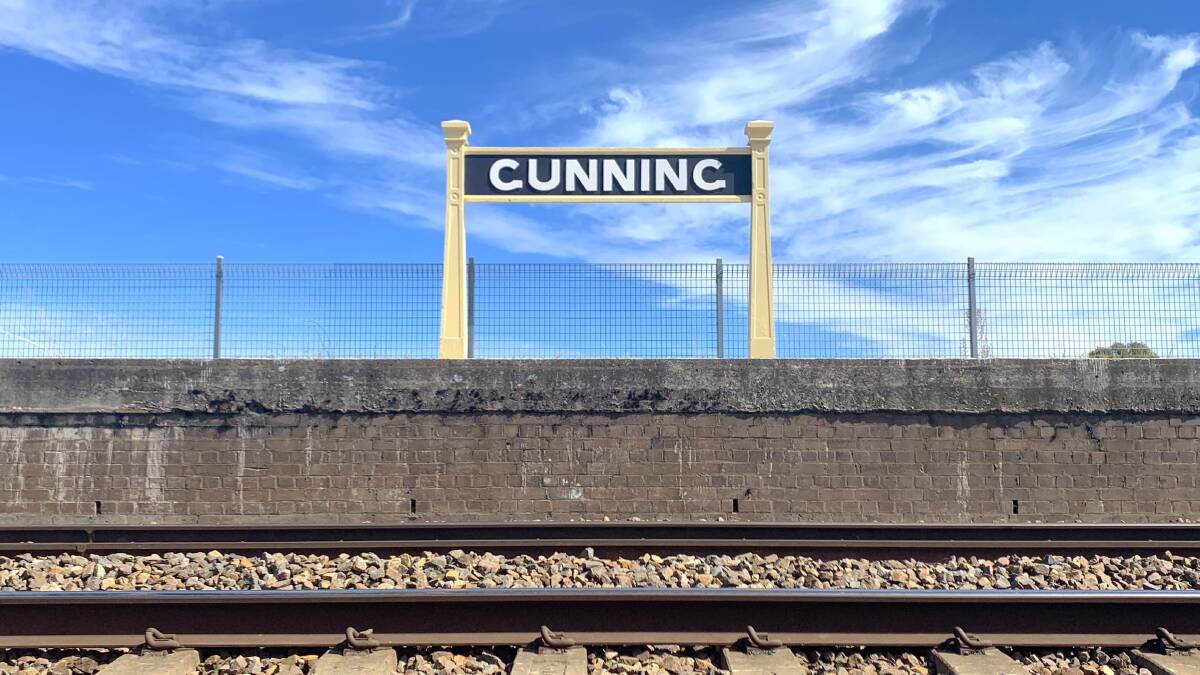
Apart from the highway, the other lifeblood for the town has long been the railway which arrived in 1875. The Victorian-era station is currently getting a spruce-up by the heritage mob at NSW Railways and if you look closely, you'll notice that one of the station signs on the Sydney-bound platform sports an old-school font. This has led some locals to complain they now live in "Cunning".
6. Aviation accident
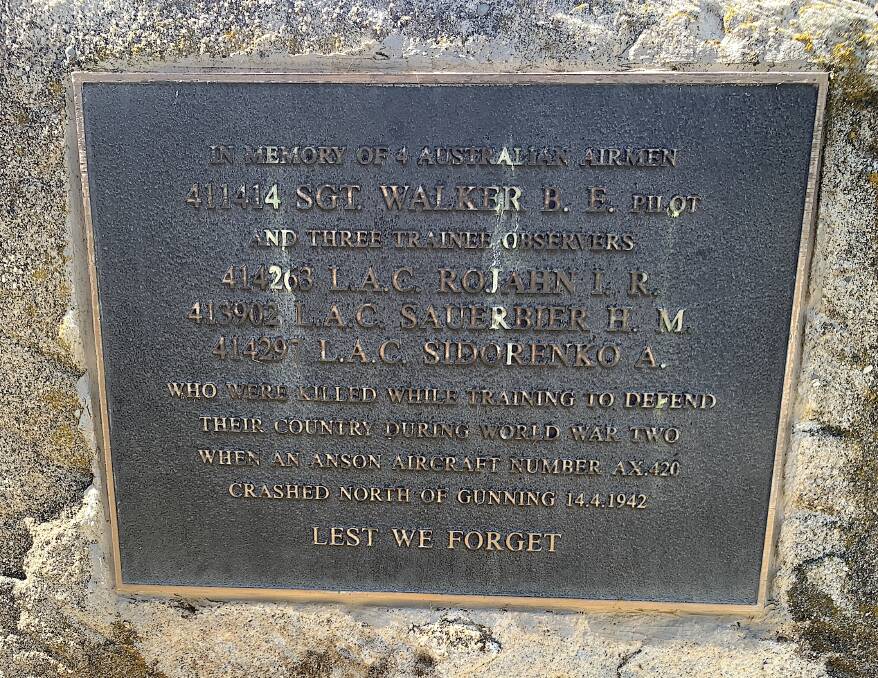
If you wander down to the showground, you'll notice a memorial to four men who lost their lives near Gunning during World War II. No, Gunning didn't experience enemy fire, rather the pilot and his three observers were on a training exercise when their Anson Aircraft AX.420 crashed just north of the town on April 14, 1942. Lest we forget.
7. Outlaw outpost

In the mid-1800s, residents in many towns in the Southern Tablelands were bailed-up by bushrangers. Gunning was no exception. In the town's general cemetery is the vault of John Kennedy Hume (yes, Hamilton's brother) who was shot dead in the town's general store by the Whitton Gang in January 1840. Thomas Whitton was caught a few days later and when he was later transported from Sydney to Goulburn to be hanged, he was forced to make the trip sitting on his own coffin.
8. Curious crypt

Partially concealed behind cyclone fencing in the town's sewage works is a most unlikely sight - the final resting spot of Henry Dunkley. After being bludgeoned to death by his wife and her lover on a nearby property in 1842, poor Dunkley was buried in what was then the police horse paddock. In the early 1970s with the grave long forgotten and hidden under blackberry brambles, the council decided it was the best spot for the sewage works. Staff now meticulously tend to the grave, which not surprisingly is the only one in an Australian sewerage plant.
9. Baffling bastion
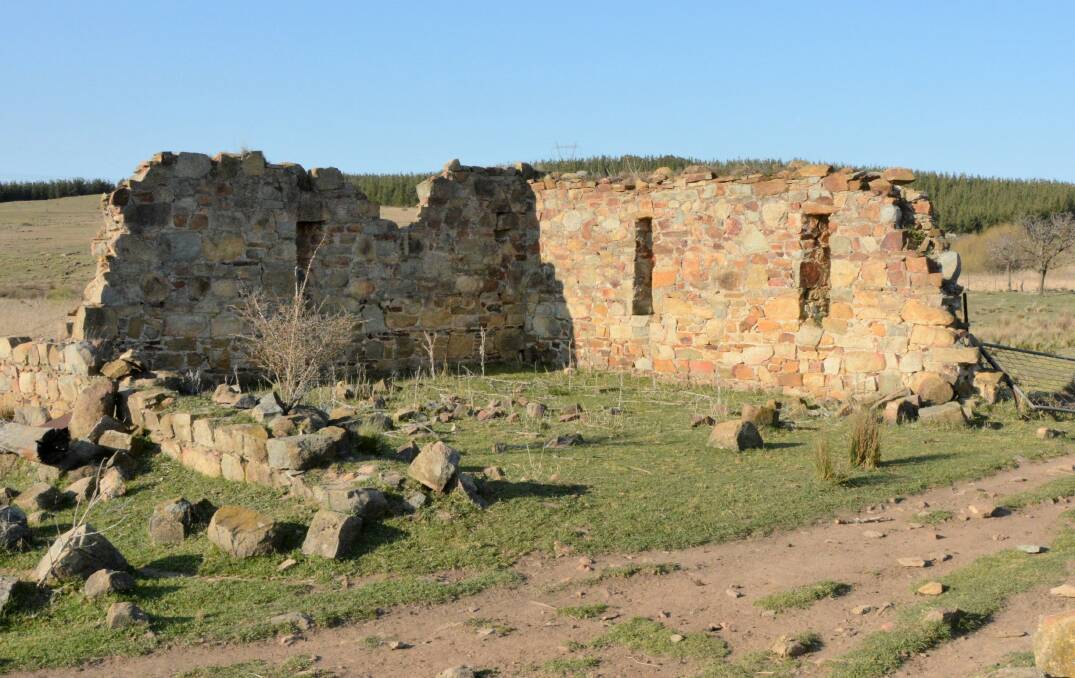
While there are many architecture treasures in town (don't miss the 1881 London House with its arched coach entrance), the ruins of a fort, complete with slit windows, is squirrelled on private property just outside town. While its exact origins have been lost in time, it is thought to date back to the mid-1800s when keeping food and stores safe against those marauding bushrangers was paramount.
10. Pioneer past
One old building you can peek into is Pye Cottage, a circa-1860 slab hut that was moved piece by piece from its original site near Dalton by the Gunning & District Historical Society and re-erected in its current position as a museum in 1975. A trip down memory lane, and more.
Did You Know?

Originally home to the Ngunnawal and Gundungurra people and possibly the Pajong 'Fish River Tribe' people, the word Gunning is thought to have derived from 'Gonnong' or 'Gunnong', meaning place of many waterholes. European "settlement" began in 1821 with an expedition party led by Hamilton Hume into country which at the time was deemed "beyond the limits of civilisation".
Historic holding cells open to the public
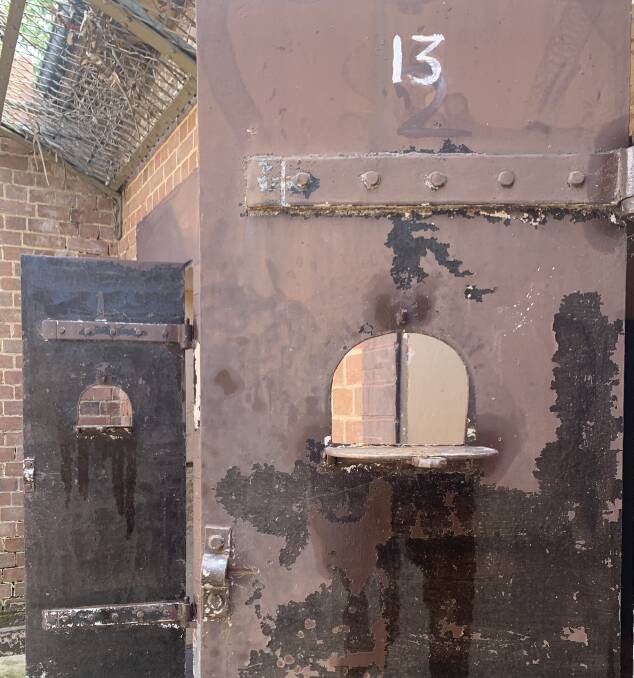
As part of bicentenary celebrations, Gunning's original holding cells, built in 1872, will be open to the public for the first time.
Closed in 1979 and forgotten for more than four decades, the good folk at the Gunning & District Historical Society have transformed the historic lock-up into a knock-out tourist attraction complete with mannequins, replica chains and shackles, and police memorabilia.
Comprising one small and one larger cell with only a tiny window in each, the cells are dreary places in the middle of the day. You can only imagine how miserable it must have been on a cold winter's night. Attached to the cells is a small exercise yard and lousing station where prisoners were apparently stripped naked and bathed in a special shampoo to prevent lice infestations. No doubt it was also a form of humiliation.

"With a magistrate presiding in the adjoining courthouse up until 1979, the cells must have been a busy place with felons held here before being transported to larger jails in Goulburn and beyond," explains Leslie Bush of the historical society.
There are many unsubstantiated tales about how the old lock-up was used in the years soon after it closed, including a neighbour who butchered a sheep in one of the cells, leaving blood dripping on the walls. Heck. Then there's the story about the local cop who was also the captain of the footy team. Apparently, his best player didn't mind a drink or two the night before a game, so to prevent him getting drunk, the captain would lock him up in one of the cells overnight.
Located in Yass Street, opposite Bailey's Garage and behind the courthouse, the cells will be open on Sunday March 6 from 10am-2pm. For more details on the weekend of celebrations, check out the Gunning200 Facebook page.
WHERE IN CANBERRA?

Rating: Medium
Clue: Beam me up, Neil
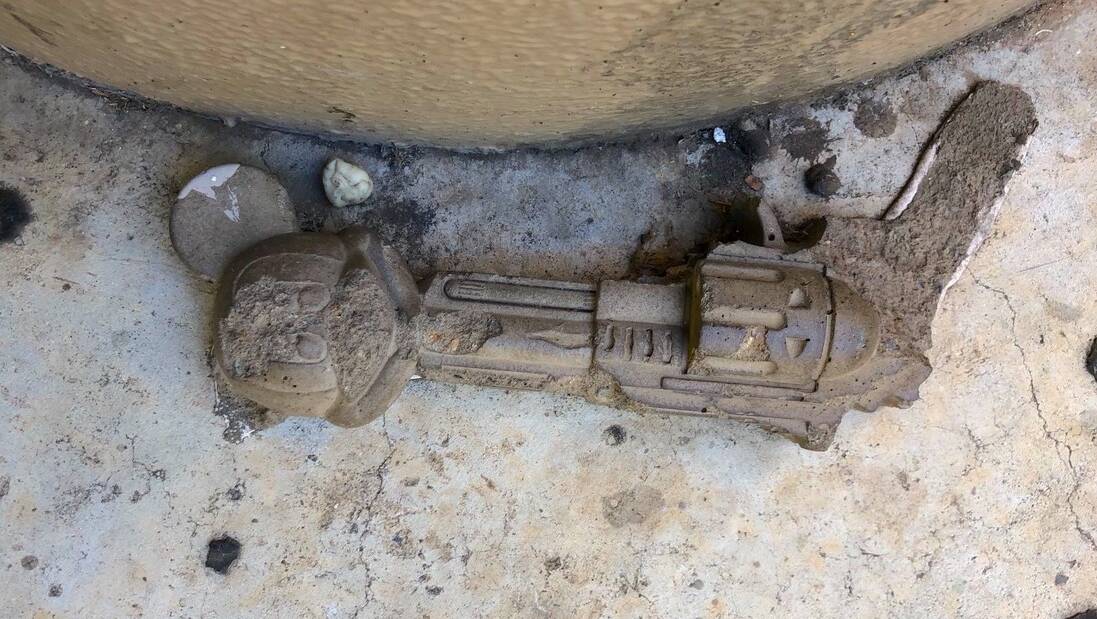
Last week: Congratulations to Adrian Fryatt who was first to identify last week's photo, above, as a pistol sculpture in City Walk, Civic, near the Green Shed shop. "This little object has fascinated me over the years, I always look out for it when in Civic," says Neal Gowen, who sent in the photo. "I doubt many people know it's there." For the record, the concrete sculpture was the handiwork of internationally renowned street artist Will Coles and originally featured Mickey Mouse ears at the end of the barrel.
How to enter: Email your guess along with your name and suburb to tym@iinet.net.au. The first correct email sent after 10am, Saturday February 19, 2022, wins a double pass to Dendy, the Home of Quality Cinema.
DON'T MISS
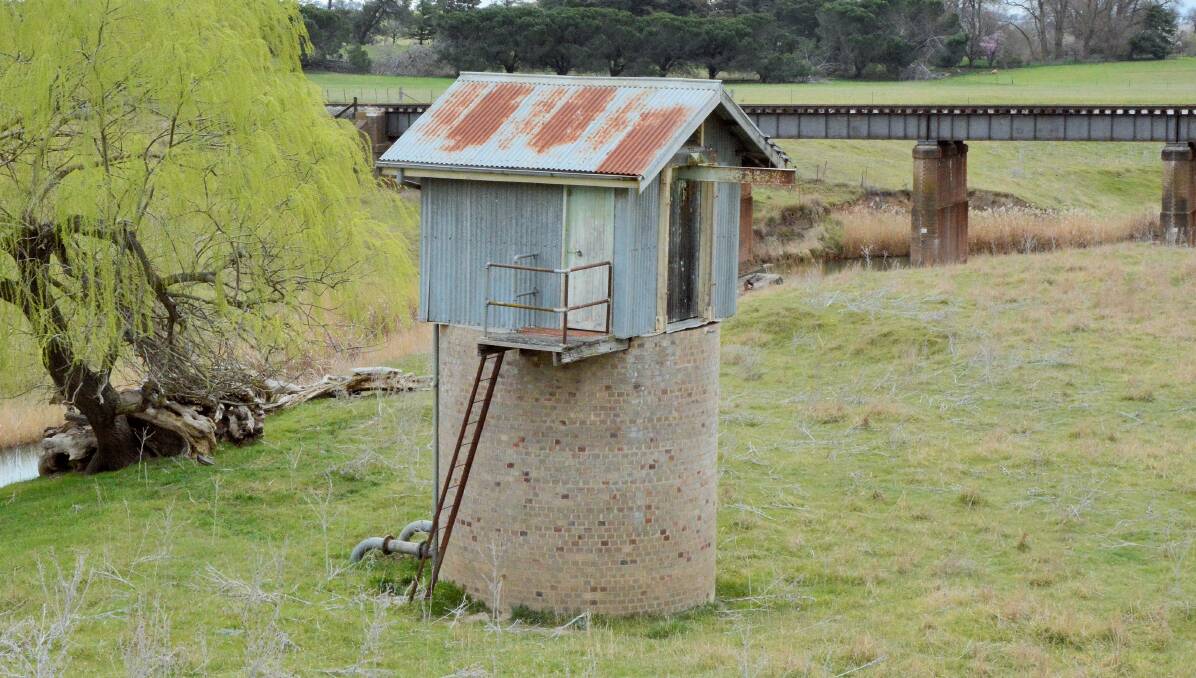
One of the most common questions this column receives about the Gunning area is the purpose of the unusual structure on the banks of Lerida Creek (sometimes called Fish River) adjacent to the Main Southern Railway Line on the Cullerin Road just to the town's north.
Some believe it resembles a "long drop" or Dog's elevated kennel in the Footrot Flats comics. However, it's actually a pumping station that dates to the steam era when trains would top up with water from the Fish River before steaming over the Cullarin Range, the highest point on the Southern Line. It pumped water from the river to a big reservoir further up the hill to the north, which would then be gravity fed to a tank at what was Fish River Station.
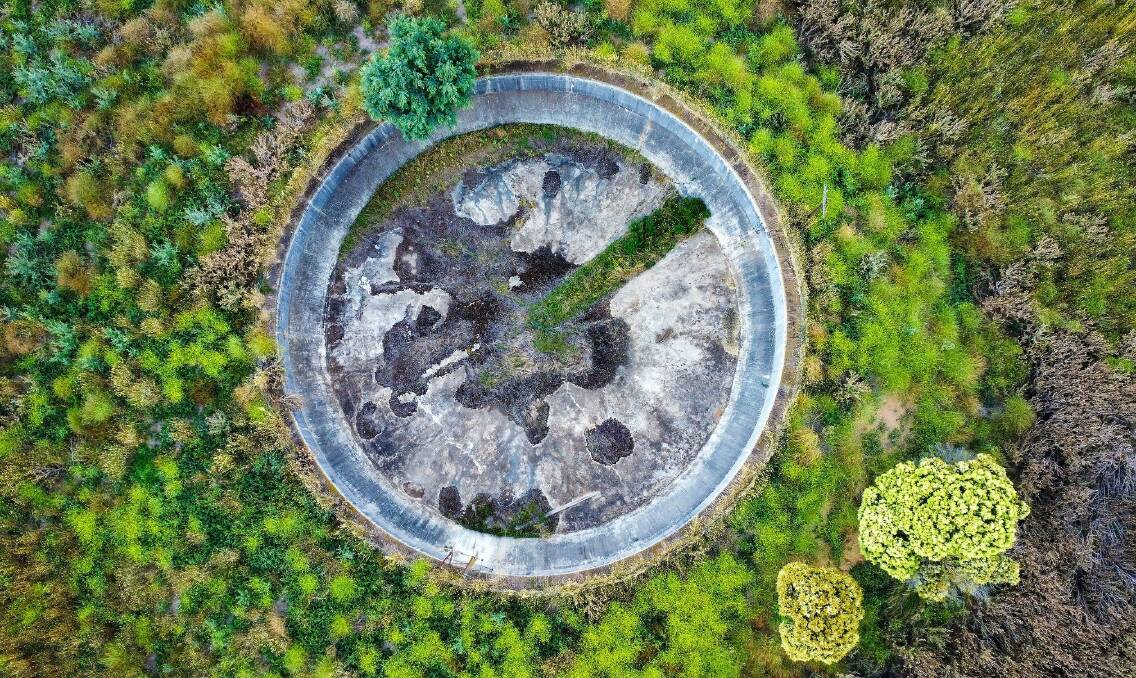
Note: Cullerin is derived from "culls of Erin" which links to the area's Irish convict heritage where Erin means "from Ireland" and cull is thought to refer to the removal of "lower" quality elements of a group. It was mis-spelt for the geological name, so it's called the Cullarin Range, even though the road is the Cullerin Road. Got it?
CONTACT TIM: Email: tym@iinet.net.au or Twitter: @TimYowie or write c/- The Canberra Times, GPO 606, Canberra, ACT, 2601







